Automotive designers loved the fact that they could design more compact engines with the introduction of turbocharged engines. As the engines became smaller, designers could add more aesthetic details to automotives with an accomplished design packed in beautiful presentation. Thanks to turbochargers with their impressive functions rendered to vehicles!
Functions of Turbochargers
- Helping to enhance power output ratios to engines
- Aiding in reducing weight of volumes of engines
- Decreasing fuel consumption
- Enabling in producing cleaner exhaust gases thus, taking care of air pollution
- Keeping its size small complemented to the speed range of engine
Maintenance of the Turbocharger:
Nevertheless, maintaining the size of a turbocharger with that of the lower end of speed range of car’s engine, only generated a big issue that needed to be solved. This created potentially over-speed of the rotor in turbocharger as the speed of the engine gradually got higher. Something was needed to be done to prevent over-speeding of the rotor with which the idea of waste gate came to mind. While wastegates are available in two types, internal and external; the external wastegate was applied to resolve the over-speeding problem.
Features of External Wastegate and how it Works?
Unlike internal wastegates, external wastegates are meant to regulate boost levels.
- A self-contained mechanism found in turbochargers
- External wastegate is part of exhaust housing
- External wastegate helps reduce boosted levels
- Wastegate valve in the turbine housing eventually helps in producing high speed
To allow the external wastegate fitted in the turbine housing to work efficiently, the turbo actuator was designed.
What is a Turbo Actuator?
Recognized as a mechanical pneumatic device specially manufactured to sense the energy of boosted pressure, the actuator is able to open the wastegate valve only when a pre-determined pressure is attained. Precisely, the actuator acts quickly in resolving a few problems as with the external wastergate, discussed below:
How does the Actuator Perform?
- The actuator forces external wastegate valve to quickly open at any pre-set boosted pressure
- The exhaust gas from the engine is allowed to bypass the turbine resistance after over-speeding
- The wastegate valve gradually closes as the speed of the engine decreases. At this time, the movement of actuator piston is completed
- Thus, the actuator functions by preventing too much airflow through the valve in the engine. As a result, nitrogen pollutants are less emitted into air causing decrease in air pollution
What are the Components of the Canister?
Have a look inside the canister of an actuator and you will find a retaining spring and cup, diaphragm, and other essential components. The retaining spring below the diaphragm, which is designed to compress is separated from the diaphragm by a cup, which is attached to a rod directly linked to a spinning wastegate. However, the diaphragm can actually split occasionally, or the spring and rod can fracture. Though, the conditions are rare, it can happen. What you can do in this situation?
Resolving Damage Issues
- The opening pressure of the actuator should be checked so as to determine it against the original tolerance. The right piece of equipment should be used so as to prevent the spring from becoming fragile and letting the wastegate to open before time leading to decrease in boosted pressure
- Genuine and authentic replacement actuators can be accessed from the right source
- If the replacement actuators are of the best design techniques and are made of high-grade materials then, they can resolve the problem with ease and flair
- Most importantly, a mechanic who is experienced and skilled should be allowed to check for its perfect functioning
Thus, with the actuator functioning fine and the turbo forcing in more pressure, the wastegate valve limits the boosted pressure thus, controlling over-speeding in automotives.
This blog help you to get some useful information about turbo actuator. If you want to know more then let’s go to the details and get more information.
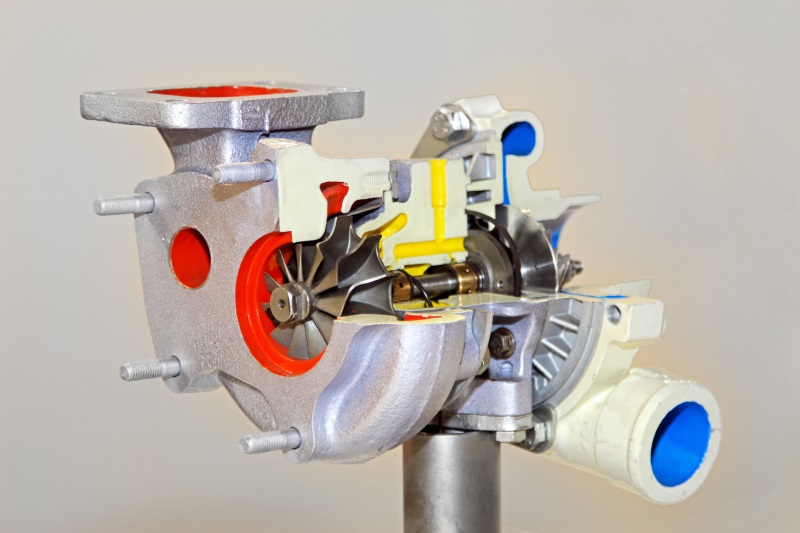


















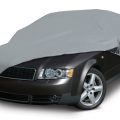



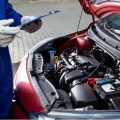
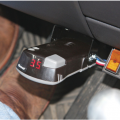



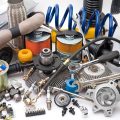

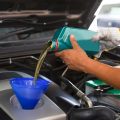
No Comments
Leave a comment Cancel